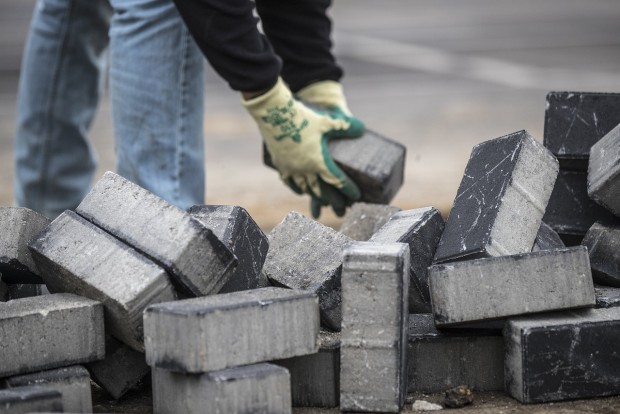Researchers in Thailand have used white foam trash to generate a novel construction material. Since this lightweight material can be molded into a variety of shapes, including bricks, it is extremely adaptable and can be used for certain construction purposes. By reusing waste foam, this innovation not only offers a solution for ecologically responsible construction but also contributes to reducing pollution in the environment.

(Photo : Pixabay/bepart64)
Utilizing White Foam Waste to Produce Lightweight Construction Material
On Thursday, June 6, Suranaree University of Technology presented the findings of its research and innovation efforts for the project 'Changing white PS foam waste into lightweight construction materials.' The study was reportedly performed by Asst. Prof. Dr. Uthai Meekham, the University's Department of Design Technology instructor at the School of Engineering
As mentioned, an increasing amount of waste is produced annually, primarily composed of plastic, Styrofoam, and various packaging materials that degrade slowly. Disposal procedures for these pollutants typically involve considerable expenses. This new development is explicitly directed at white foam trash, a sort of polystyrene (PS) foam utilized for cushioning and chilling boxes, steadily increasing in volume.
As a result, the researchers developed the concept of transforming waste white foam using the principles of a 'Lightweight product design application.' Assist. Prof. Dr. Uthai employed PS white foam waste, frequently used in various industries as a cushioning material for parcel transportation. Two stages of grinding were applied to the foam. In the first step, the foam was initially ground to the size of a marble, then ground even further until it was small enough to be compared to sand grains. The fine foam pellets were coated with glue to complete the second stage, which subsequently adhered to the foam beads.
Moreover, these foam beads, coated with glue and combined with fly ash from manufacturing plants, prevent clumping. Accordingly, the material produced has the appearance of little pebbles and has the potential to be utilized in engineering construction materials. It can be molded into numerous configurations, including lightweight bricks, blocks, and bricks.
During laboratory research, the revolutionary material was produced as floor and wall tiles, with the addition of color and additional aesthetic appeal. Because it can maintain its strength while being lighter in comparison to typical ratios, it presents an innovative alternative for lightweight building materials.
Also Read: Custom Luxury Kitchen: 7 Key Elements For an Elegant Kitchen Remodel
Advantages of Construction Materials Made From Recycled Plastic
When it comes to the building sector and the environment, recycled plastic is a vital resource that provides a multitude of advantages. Despite this, it is not utilized to its full potential; just 9% of the plastic garbage produced globally is recycled. In contrast to metal and wood, plastic is resilient to water, rot, and corrosion. Therefore, it is an invaluable material in places that are tough to work in and characterized by challenging weather conditions.
The circular method in the building is implemented by utilizing recycled plastic rather than virgin materials, reducing waste, energy consumption, and carbon emissions. Compared to other materials used in construction, such as concrete, wood, and aggregates, recycled plastic stands out due to its low weight, making it significantly safer and more convenient to carry, lift, and install.
Related Article: 7 Innovative Eco-Friendly Construction Materials for Building Sustainable Structures







